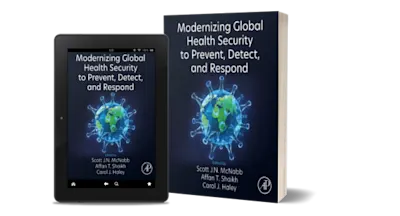LIMITED OFFER
Save 50% on book bundles
Immediately download your ebook while waiting for your print delivery. No promo code needed.

Dynamic Response of Coasts and Estuaries to Human Impacts presents a series of case studies to present to the reader how these environments respond to severe human-ind… Read more
LIMITED OFFER
Immediately download your ebook while waiting for your print delivery. No promo code needed.

Dynamic Response of Coasts and Estuaries to Human Impacts presents a series of case studies to present to the reader how these environments respond to severe human-induced perturbations, and what has gone right and wrong from environmental and resource management point of view. The author provides a thorough understanding of the current state of these marine environments and lessons learnt from these human influences – this is extremely valuable in the fight to restore and protect these habitats and ecosystems from further environmental degradation and even catastrophe.
The coasts cover a diverse range of ecosystems within marine, estuarine, and freshwater environments. They are some of the most heavily populated and visited areas and are also some of the most threatened natural habitats. Coastal zones are critically important not only to the people who live there but for the health of the planet. Many world estuaries and coast environments are under tremendous stress in response to global warming and the increased anthropogenic forcing. Warmer waters, rising sea levels, tropical cyclones, and coastal erosion are just some of the elements impacting coastal communities worldwide and transforming these environments. Coastal hazards such as storm events with associated storm surges are increasing in frequency and intensity, as are marine heatwaves that devastate coral reefs. Human activities like sewage discharge, overfishing, navigation channel dredging, land reclamation, the construction of shipping ports and marine plastics are also responsible for coastal pollution and degradation. This book provides Physical Oceanographers, Researchers, scientists, engineers, and students of estuarine, coastal and shelf processes with the information and tools they need to start solving these problems.
XW